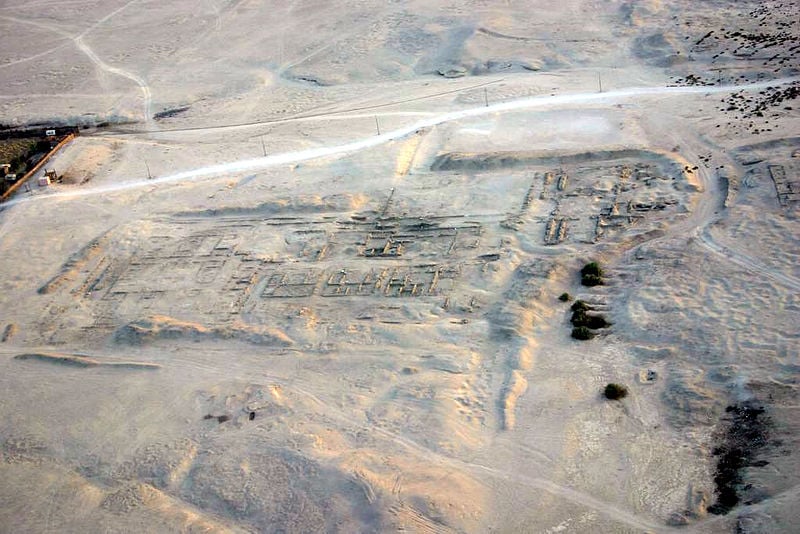Law & Politics
New Approach To Egypt’s Scourge of Antiquities Theft


Looting of antiquities from Egypt’s numerous archaeological sites have hit unprecedented highs since the 2011 revolution and subsequent coup in 2013. However, at several of the country’s sites, security walls placed around their perimeters show signs of significantly limiting the amount of loot being taken, according to the Art Newspaper.
Concrete walls were first erected in Giza back in 2008. In 2011, further walls were added at Abydos and around the site of the Malkata palace in Luxor. Speaking to TAN, the Michael C. Carlos Museum’s Peter Lacovara said that the walls, “have generally stopped expropriation of land and minimised looting in contrast to similar sites without such protection.”
Most of the loot taked from Egypt’s archaeological sites ends up in the US, another report suggests. The government has therefore suggested placing a emergency export restrictions, allowing customs officials to seize all artifacts bound for the country without a valid export permit. However, consensus regarding such a ban’s efficacy remains elusive.
Much more effective, some suggest, are the physical barriers presented by the concrete walls, despite their negative economic impact on local communities that are reliant on tourism-related income. Administrators from Deir el-Ballas are said to be currently lobbying the local government to erect such a wall around their heavily looted site in hopes of protecting what of it remains.